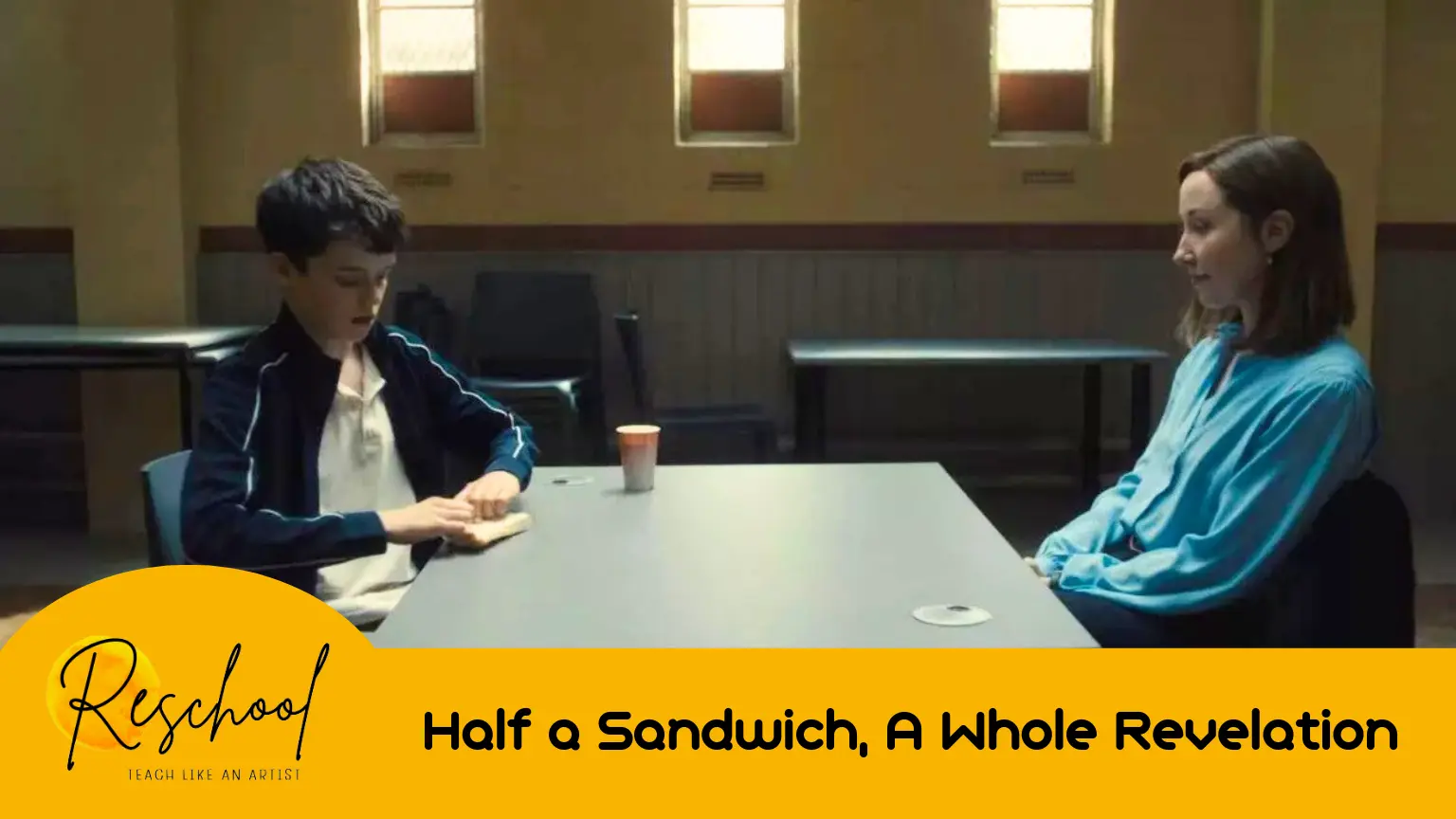In the series Adolescence, there’s one scene that lingers long after it ends.
Jamie sits silently. The psychologist offers him half a sandwich with pickles—even though he’s already said he doesn’t like them. It wasn’t a mistake. It was intentional. A small, almost silent invitation to observe.
Silence became a tool.
Reaction became a mirror.
Observation became understanding.
The moment became a revelation.
And I thought: Why don’t we learn to observe like that? Not to fix. But to understand. To teach children to truly see one another and through that, to truly see themselves.
That moment sparked something in me. Not to create “just another activity,”
but to open up a space. A quiet, emotional space, where vocabulary isn’t memorized—it’s built. Where children don’t just watch—they notice. Where ages, words, and glances come together.
In this activity, students become the scale. They observe each other with gentleness and care. One child builds a word from the vocabulary being practiced. The other silently documents – not just what is seen, but who is being seen.
A psychological map, filled with language, emotion, and observation. An English lesson that doesn’t just stay in the head – but goes to the heart.
Because in the end, we’re not just learning words. We’re learning to look at others with kindness. To feel before we respond. To build something with our hands and let our eyes wander through what’s being built.
And in that process, something magical happens:
❤️The child who “never really paid attention,”
💙The one who “never said much,”
💛The one who was “always on their own,”—
suddenly, they are seen.
And maybe for the first time, they see themselves too.
That is the most powerful vocabulary of all.
The one written not just in letters but in glances.
🧩 If this idea speaks to your heart,
perhaps it’s something worth exploring: https://reschool.gr/en/product/how-to-react-bricks-that-speak/
With care & love,
Sophia

